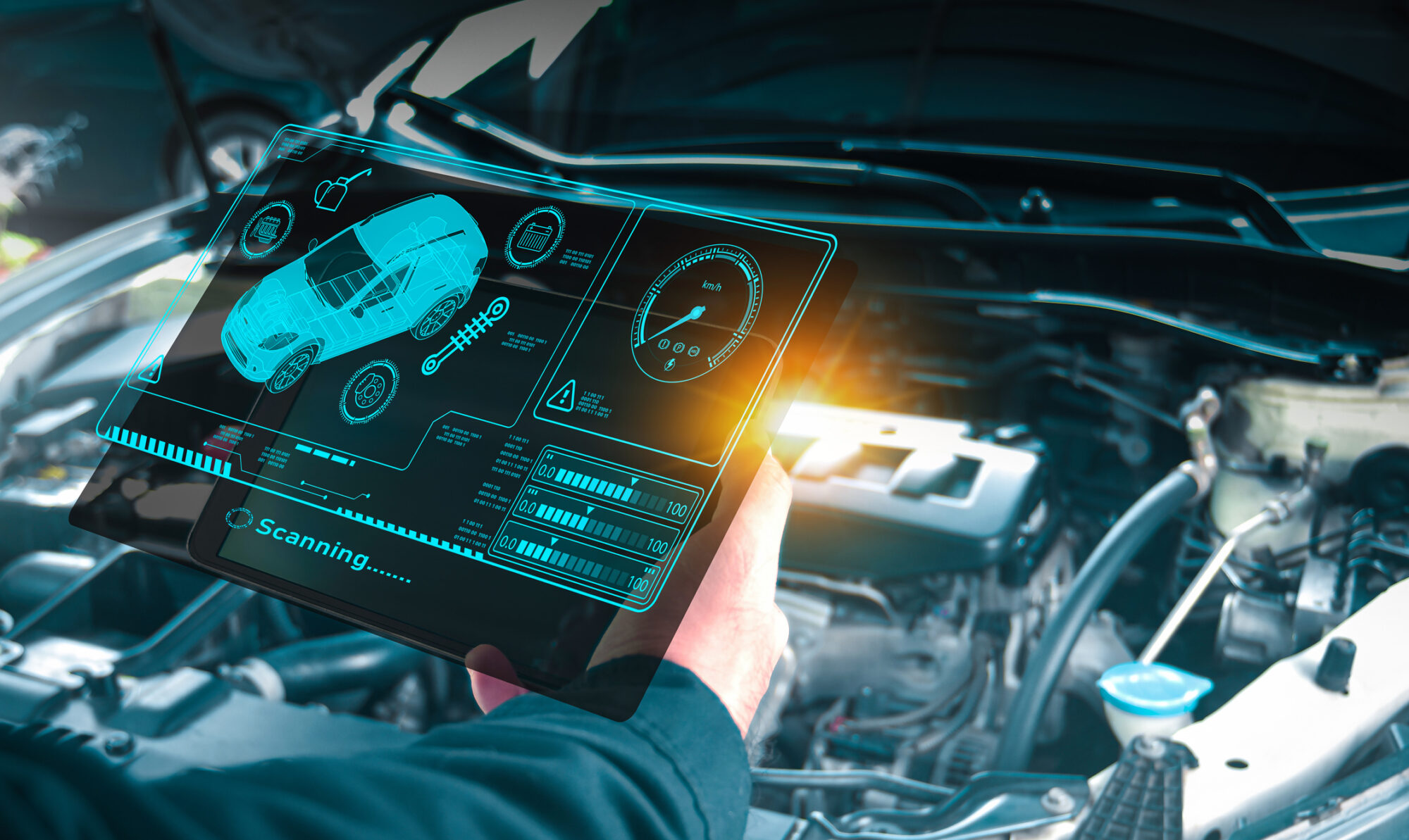Why You Should Be Careful of Manufacturer Service Intervals
In recent years, car manufacturers have made a noticeable shift in how they recommend maintaining your vehicle. You’ve probably seen it yourself—transmission fluid that supposedly lasts 60,000 miles or more, coolant that doesn’t need changing until 100,000 miles, and spark plugs that are good for a “lifetime.” Sounds great, right?
At Signal Garage Auto Care, we’ve seen firsthand the real-world consequences of these extended service intervals—and we believe you should be careful before following them blindly.
The Problem with “Extended” Maintenance Intervals
Over the last 15 years, vehicle manufacturers have pushed for longer and longer gaps between routine services. Why? It’s all about marketing.
By lowering the perceived cost of ownership, manufacturers can attract more buyers, get better ratings from reviewers like Consumer Reports, and make their vehicles seem easier to maintain than the competition. But while it may look good on paper, it’s not necessarily in your best interest as a car owner.
In fact, we’ve seen the opposite.
What We’re Seeing in the Shop
Across our shops, our team of 11 technicians, 6 service advisors, and our leadership team (with a combined 150+ years of automotive experience) has observed a troubling trend: catastrophic failures—like engine and transmission breakdowns—are happening earlier and more frequently than ever before.
Not long ago (from about 1990 to 2010), it wasn’t unusual for well-maintained vehicles to reach 160,000 miles or more before needing major repairs. Today, even vehicles that have followed their manufacturer’s maintenance schedule are struggling to hit 120,000 miles without a $5,000+ repair bill.
It’s Not Just Happening More Often—It’s More Expensive
In 2010, replacing an engine typically cost under $5,000. Now? You’re looking at closer to $10,000—sometimes even more. Used and rebuilt engines and transmissions have become harder to find and more costly, thanks in part to these premature failures and supply chain pressures.
These aren’t minor issues. When your transmission fails at 100,000 miles or your engine seizes because the coolant system was overdue for service, the financial hit can be massive.
Why We Created Our Own Maintenance Schedule
That’s why we decided to take matters into our own hands. At Signal Garage, we’ve worked together as a team to develop a custom maintenance schedule based on our real-world experience servicing thousands of vehicles right here in Minnesota. Our approach focuses on protecting your investment for the long haul—not just coasting to the end of a warranty.
We recommend more frequent service intervals for most major fluids than what’s printed in your owner’s manual, including:
- Transmission fluid changes well before 60,000 miles
- Coolant flushes long before 100,000 miles
- Brake fluid, differential, and power steering fluid services on a more proactive cycle
These recommendations aren’t random—they’re based on what we’ve seen work in real life to avoid costly repairs and extend the lifespan of your vehicle.
The Goal? Fewer Catastrophic Repairs and Longer Vehicle Life
Our mission is simple: help you keep your car running smoothly and reliably for as long as possible—without surprise breakdowns or massive repair bills. It’s not about selling unnecessary services. It’s about preserving your vehicle’s health, protecting your wallet, and giving you confidence that your car will last well beyond the 100,000-mile mark.
We’re part of this community, and we take pride in helping our neighbors drive safe, dependable vehicles for years—not just until the warranty runs out.
Need Help Making a Maintenance Plan That Actually Works?
We’d love to walk you through a realistic, personalized maintenance plan based on your driving habits, your vehicle, and our extensive experience. Just because the manufacturer says a fluid can wait until 100k doesn’t mean it should.
Give us a call, or stop by your local Signal Garage Auto Care location. Our team will make sure your car gets the care it needs to go the distance—because we’re not just here to fix problems… we’re here to help you avoid them!

